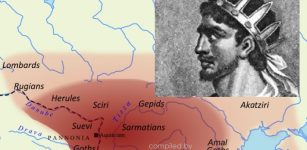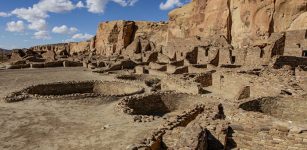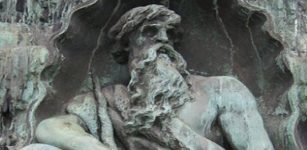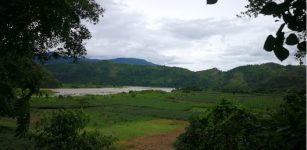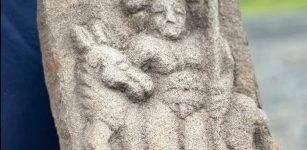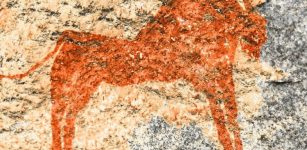Chankillo: A 2300-Year-Old Solar Observatory in Peru
AncientPages.com - The 'Thirteen Towers of Chankillo' run north to south along a low ridge and form an artificial toothed horizon that spanned - almost exactly - the annual rising and setting arcs of the Sun, according to a study.
The Chankillo towers thus provide evidence of early solar horizon observations and of the existence of sophisticated Sun cults, preceding the Sun pillars of Incaic Cusco by almost two millennia.
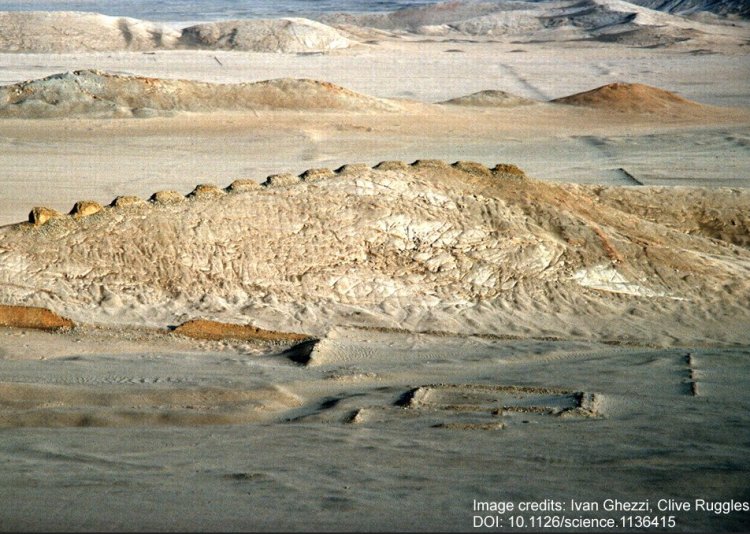
Thirteen towers outside the Incan citadel near Chankillo, Peru Tower 1 is the leftmost tower in the image. Credits: Ivan Ghezzi, Clive Ruggles
Additionally, there is a large monumental complex, also named Chankillo, located in the province of Casma, Ancash department, only 400 miles north of Lima, the capital of Peru.
The heavily fortified hilltop structure with massive walls, restricted gates, and parapets covers several square kilometers.
Most interesting, however, are the Chankillo towers that provide evidence of the earliest known solar observatory in the Americas.
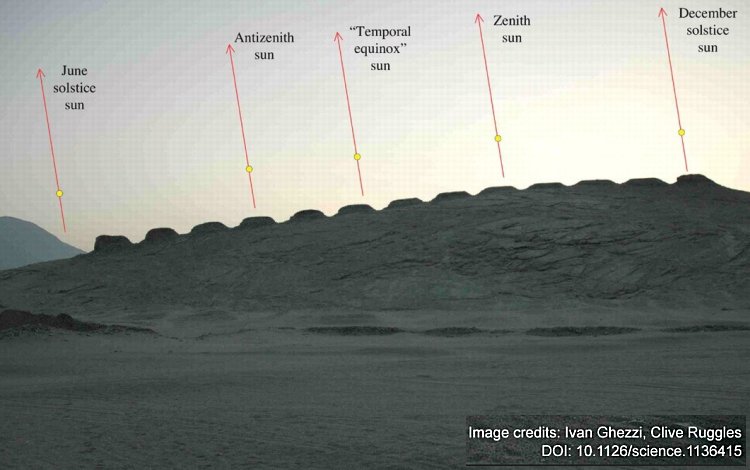
The Thirteen Towers as viewed from the western observing point, annotated with the positions of sunrise at the solstices, equinoxes, and the dates of zenith and antizenith passage in ~300 BC. Tower 1 is the leftmost tower in the image. Credits: Ivan Ghezzi, Clive Ruggles
The site precedes by several centuries similar monuments by the Maya in Central America and by almost two millennia solar observatories of the Inca civilization in Peru.
The purpose of a 300-meter-long (984 ft) - slightly curved row of 'Thirteen Towers of Chankillo' in Peru, lying along a small hill nearby - had long proved elusive.
Archaeological evidence delivered by the Peruvian archaeologist Ivan Ghezzi of the National Institute of Culture, Peru and archaeoastronomist Clive Ruggles an archaeoastronomer at the University of Leicester, England, indicates that Chankillo's old buildings may be the earliest known astronomical observatory in the Americas and one of the oldest, though, odd-shaped structures related to ancient sun cult.
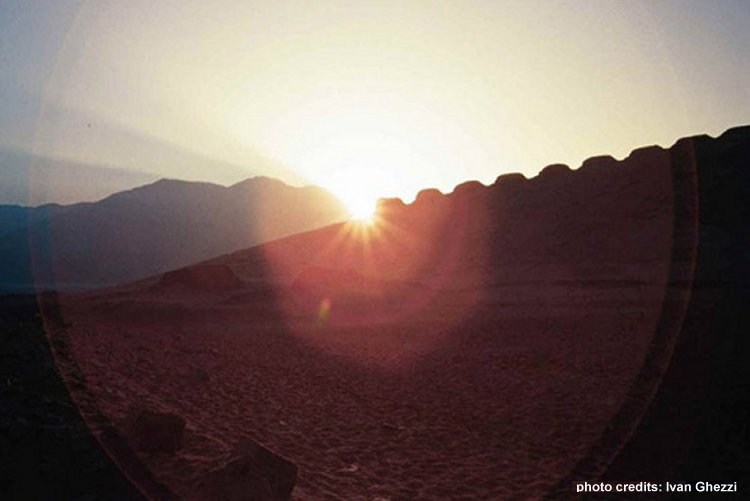
Scientists Ghezzi and Ruggles believe the civilization that occupied the middle valley of Casma was an ancient Sun cult and the observatory was used to mark special days in their solar calendar.
Archaeological evidence delivered by the Peruvian archaeologist Ivan Ghezzi of the National Institute of Culture, Peru and archaeoastronomist Clive Ruggles an archaeoastronomer at the University of Leicester, England, indicates that Chankillo's old buildings may be the earliest known astronomical observatory in the Americas and one of the oldest, though, odd-shaped structures related to ancient sun cult.
Professor Brian Cox has visited a giant desert solar calendar in Peru in his quest to understand the nature of time in creating and ending the universe.
The religious significance of the sun has been many times confirmed by ancient sources in Incan and Mayan culture, but many of these records talk about solar calendars only in the context of the Europeans who observed their use in the 16th century.
The Chankillo's 13 Towers site definitely predate those written records by centuries, and it even predate similar Mayan structures found in Central America by about 500 years.
Sun worship dates much, much farther back than originally thought.
AncientPages.com


